Back story - Part Two.
Following the establishment of the Soviet–Japanese Neutrality Pact, and the start of the Pacific War in 1941, the Manchukuo theatre became a backwater, and apart from occasional action against the Chinese, both Nationalist and Communist, the aircraft saw little action.
As the tide of war turned against the Japanese, the Kwantung Army began to be stripped of personnel and materiel. The Ki-10-III-KAIs remained, however, being considered obsolete.
After the dropping of atomic bombs on Hiroshima, Kokura, and Yokosuka in summer 1945 and following the August Coup and overthrow of the Emperor, the military leadership of Japan knew that it was only a matter of time before the Americans would invade the Home Islands. In order to concentrate their remaining forces against this threat, it was vital to prevent a further invasion by Soviet forces. A secret deal was reached whereby the Japanese would abandon Manchukuo to the Soviets, in return for the unhindered evacuation of the Japanese forces to the Home Islands.
Stalin was happy to agree to this, as he considered that the planned US invasion would either fail, or become a bloody, 'meatgrinder' stalemate. With both the American and Japanese forces exhausted by this, the Soviets could, in due course, invade Japan at their leisure, with little opposition.
Thus it was, in November 1945, the Ki-10-III-KAIs returned to bases in the Home Islands, ready to oppose the coming invasion. Many were destroyed or damaged in the incessant US air raids, part of the pre-invasion 'softening-up' process. However, by constant movement between often makeshift bases, made possible by the Ki-10-III-KAI's rugged nature, enough airframes to preserve a viable force survived.
Finally, on March 3rd, 1946, the day of the Hinamatsuri festival, gathered on airfields in Kyushu, with maximum bomb loads attached to their racks, and long range fuel tanks full, the pilots of the Ki-10-III-KAIs sat ready in their cockpits. They had already seen the first waves of kamikaze fly overhead, on their way to attack the ships of the American invasion fleet, now sighted on the Southern horizon.
The Ki-10-III-KAIs, named by their ground crews
Umi Bozu, after the black, ship-destroying Yokai of Japanese legend,
( see
http://yokai.com/umibouzu/ ) had different targets assigned to them. They were to wait until the enemy landing ships, carrying the enemy troops, and most importantly tanks, were making their final run-n to the landing beach. With the US air cover ( hopefully ) eliminated by the earlier attacks, and the landing ships being less well defended, they would be able to press home their own attacks successfully, and stop the enemy cold before even reaching the beaches . . .
Kawasaki Ki-10-III-KAI
Umi Bozu, Kyushu, March 1946 . . .
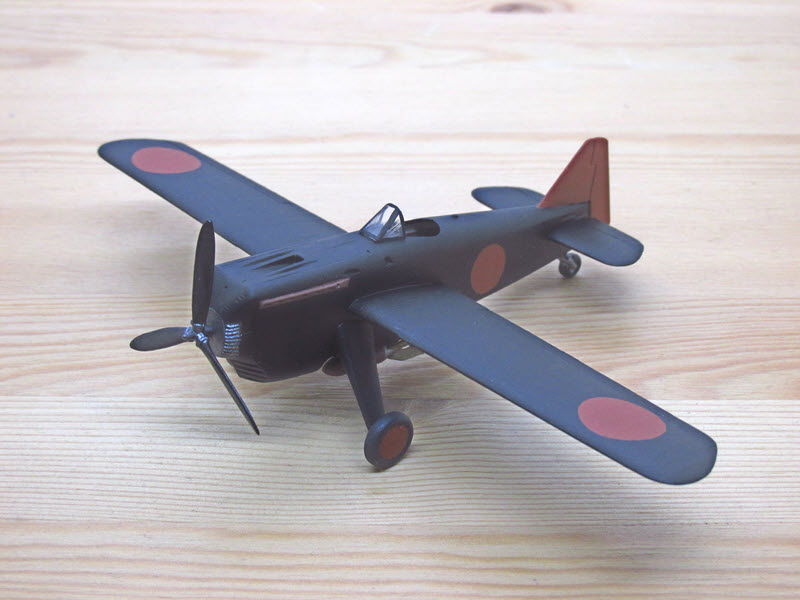

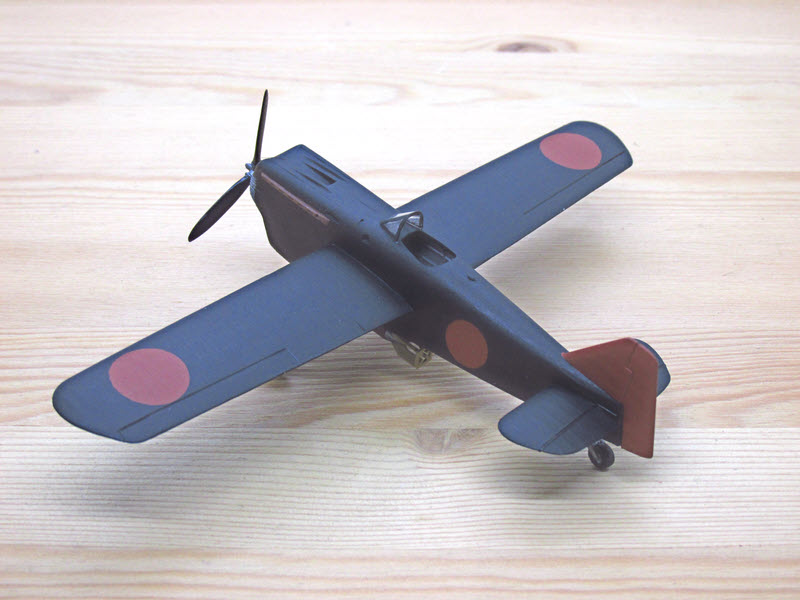
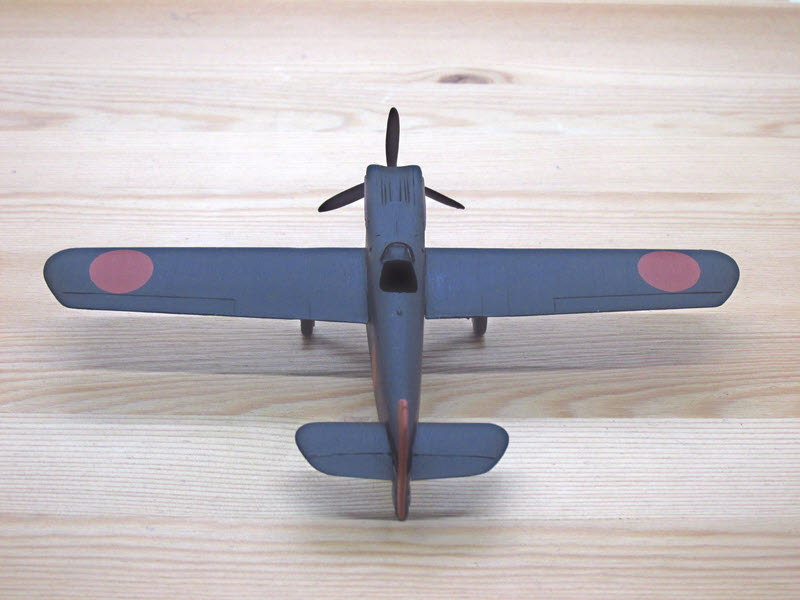
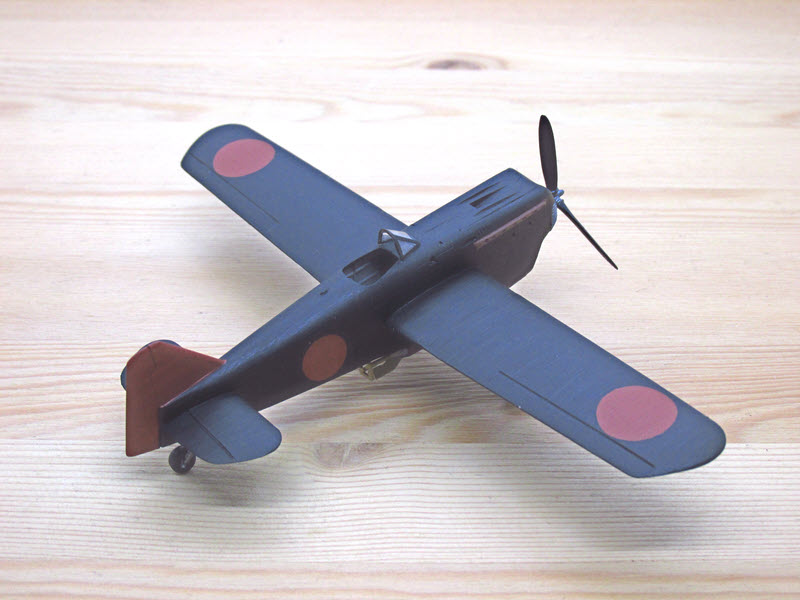
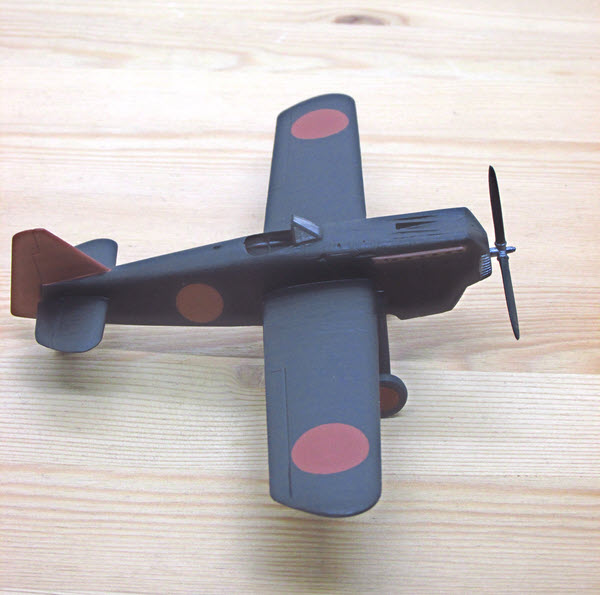
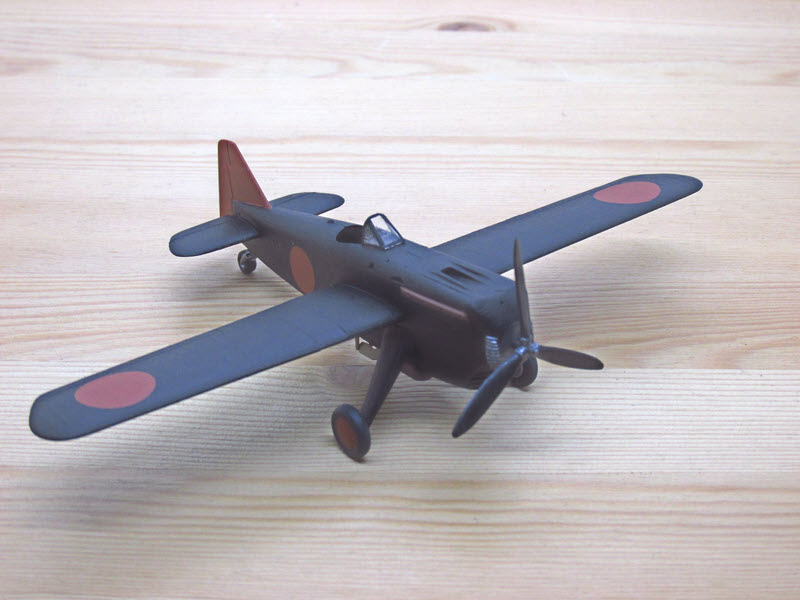
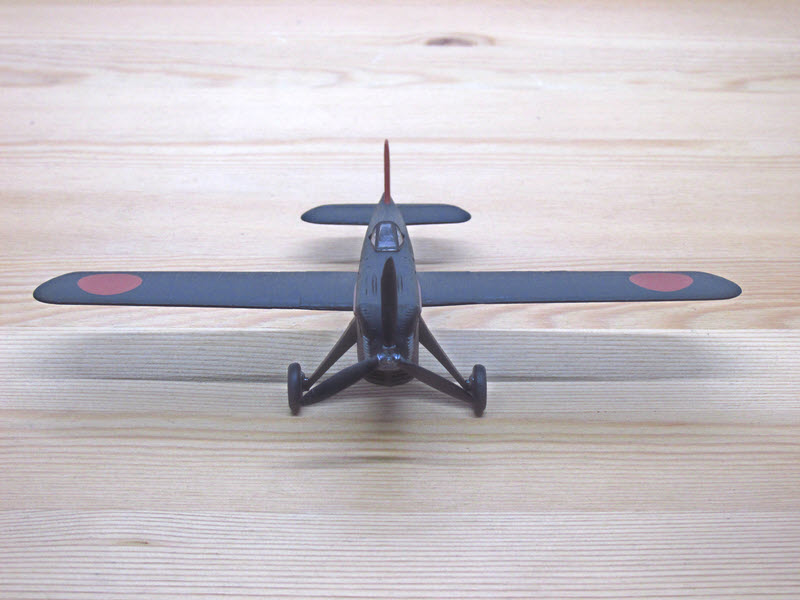
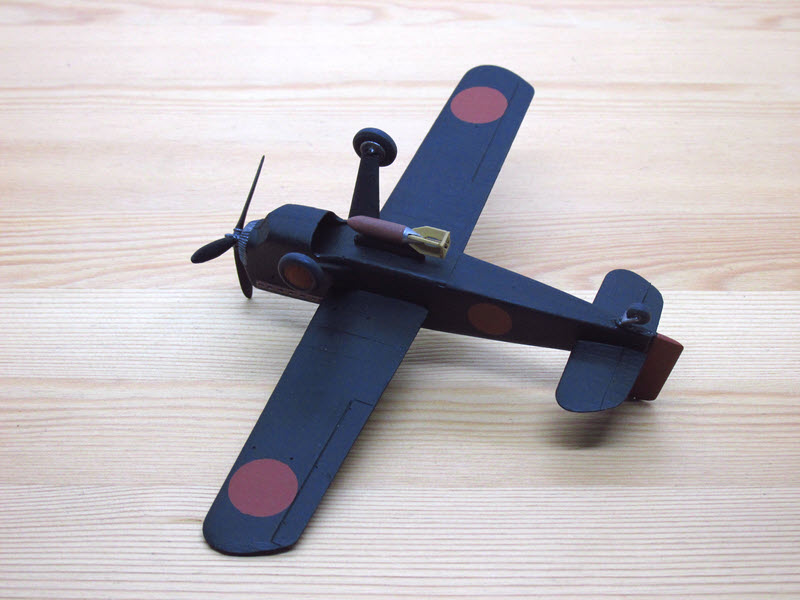
A note on colour and markings. the Kawasaki Ki-10-III-KAIs, upon their arrival back in the Home Islands, were refurbished and prepared for their role as 'Special Attack' aircraft. The aircrafts' guns, along with all unnecessary equipment, such as radios, etc., were removed, for re-use or salvage, and the aircraft re-covered and repainted. Along with most items at this stage of the War, paint was in extremely short supply. The aircraft were given a coat of red-oxide primer, this was about the only decent paint still available in decent quantities, left over after the effective end of ship building, then a top coat of 'black'. This was whatever source of carbon was available, be it lamp black, soot, or even powdered charcoal, mixed in with whatever carrier was available, including the aforementioned red oxide paint. The aircraft's Hinomarus were masked out at this stage, likewise the vertical fin was left in red oxide as a recognition device. Bombs were left unpainted.
cheers,
Robin.